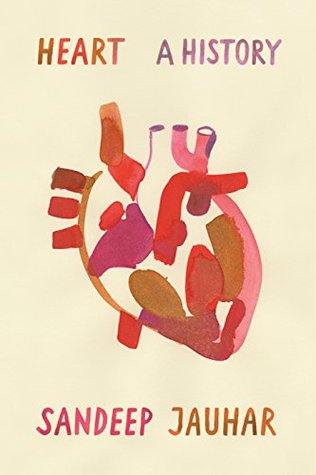More on this book
Community
Kindle Notes & Highlights
More than anything, the heart wants to beat; this purpose is built into its very structure.
The brain and other vital organs cannot function without a beating heart, but a beating heart does not depend on a functioning brain, at least not in the short term. Moreover, the heart doesn’t just pump blood to other organs; it pumps blood to itself.
The heart’s physiological responses to emotions such as fright, fear, or joy are controlled by the autonomic nervous system, which regulates unconscious movements such as heartbeat and breathing. The autonomic nervous system has two divisions: the “sympathetic” system, which mediates the fight-or-flight reaction, using adrenaline to speed up the heart and increase blood pressure; and the “parasympathetic” system, which has the opposite effect, slowing respirations and heartbeat, lowering blood pressure, and promoting digestion. Both sympathetic and parasympathetic nerves travel along blood
...more
“The sight of the heart beating in the opened pericardial sac was extraordinary,” Rehn wrote. “Digital pressure controlled the bleeding, but my finger tended to slip off of the rapidly beating heart.” He inserted a digit into the wound, then stitched the hole closed with three fine silk sutures. “It was very disquieting to see the heart pause with each pass of the needle,” he wrote. But the heart soon “resumed its forceful contractions.” After placement of the final stitch, the pulse was strong. Rehn turned down the rib, realigned the skin and soft tissues, and bandaged up the chest.
Though we know today that the heart is not the repository of the affections, it nevertheless remains the physiological canvas upon which our emotions are most easily written. 8


